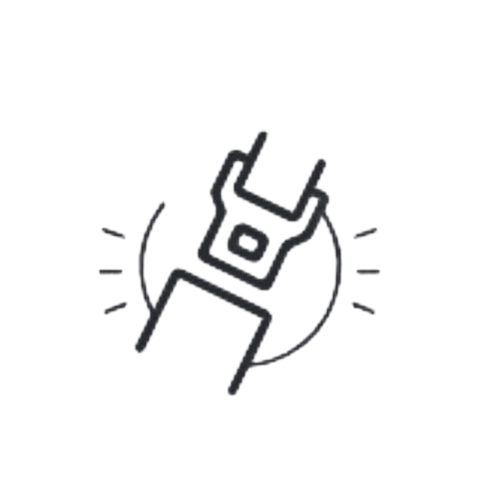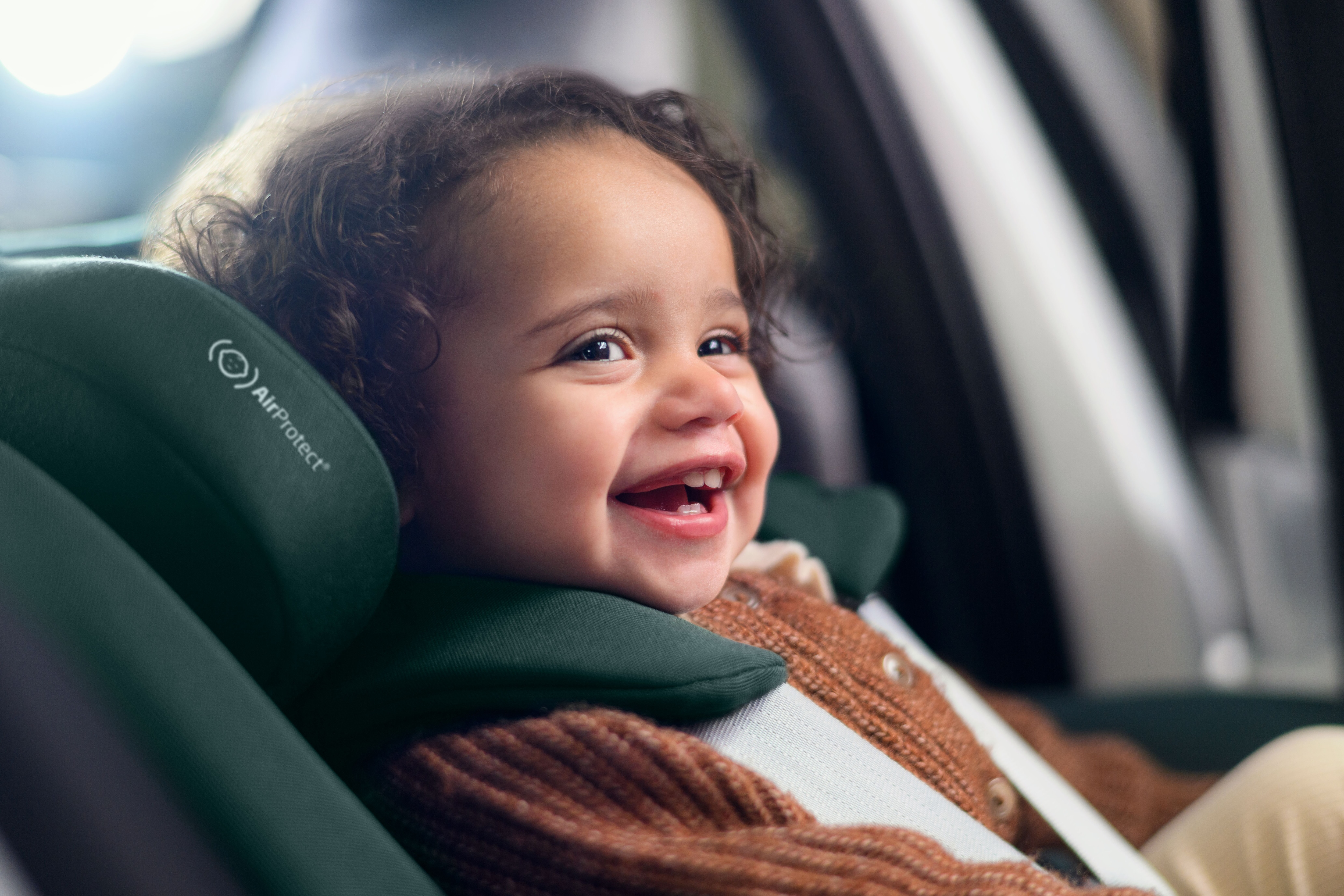Car seats
Our innovative car seats have made Maxi-Cosi your trusted partner for safe, comfortable travel for decades. At Maxi-Cosi we have carried the future over decades of expertise and innovation. Let us help make every journey easy, starting from that first trip home from the hospital!
Our categories:
Share your Maxi-Cosi moments #mymaxicosi
Maxi-Cosi Car Seats
All our Maxi-Cosi car seats are designed and manufactured with you and your family in mind. Because we value your family’s safety, every car seat we develop is thoroughly tested by independent safety organisations like ADAC. We make sure you can travel carefree, from your first ride home from the hospital with a baby car seat up to primary school in a group 2/3 car seat. We have a car seat for you, no matter your situation.
What type of car seat do I need?
When it comes to travel legislation across Europe, there are two safety standards that you should be aware of: R44 and R129/i-Size. Children up to the age of 12 years old or under a set height should always travel in a car seat that meets one of these approved standards.
R129/I-size
R129/i-Size is the latest standard that has been introduced. This legislation focuses on the height of your child and not the weight when choosing the right car seat. Most experts recommends that your little one travels rearward-facing for at least 15 months, due to the strength of the muscles. Read more about I-size or rearward-facing to make the right choice for your family.
ECE R44/04
R44 groups 0+ (birth to 13 kg), 1 (9 to 18 kg), or 2/3 (15 to 36 kg) are based on your child’s weight, not height and are suitable for children from birth up to 12 years old. In accordance with the law, your baby must travel rearward-facing for at least 9 months. However, R44/04 products are going to be phased out in the future and i-Size will become the standard for car seats. Read more about ECE R44.
Isofix versus seat belt installation
Using ISOFIX minimizes the risk of incorrect installation and provides a solid connection with the ISOFIX anchors in your car. It allows you to lock your car seat or car seat base onto the two metal clips (ISOFIX fixing points) between the vehicle seat of your car.
There’s a much smaller risk of installing your car seat incorrectly when using ISOFIX compared to using your car’s seat belt. Not sure if your car has ISOFIX? Check our Car Fitting List.
Don’t worry if your car doesn’t allow for ISOFIX installation. Our belted car seats are just as easy to use. Simply follow the instructions in the included manual and you and your little one are ready to go!
Looking for a car seat but have no idea where to start? At Maxi-Cosi, we’re here to help! Take a look at our car seat advisory tool and find the perfect match for your family.



